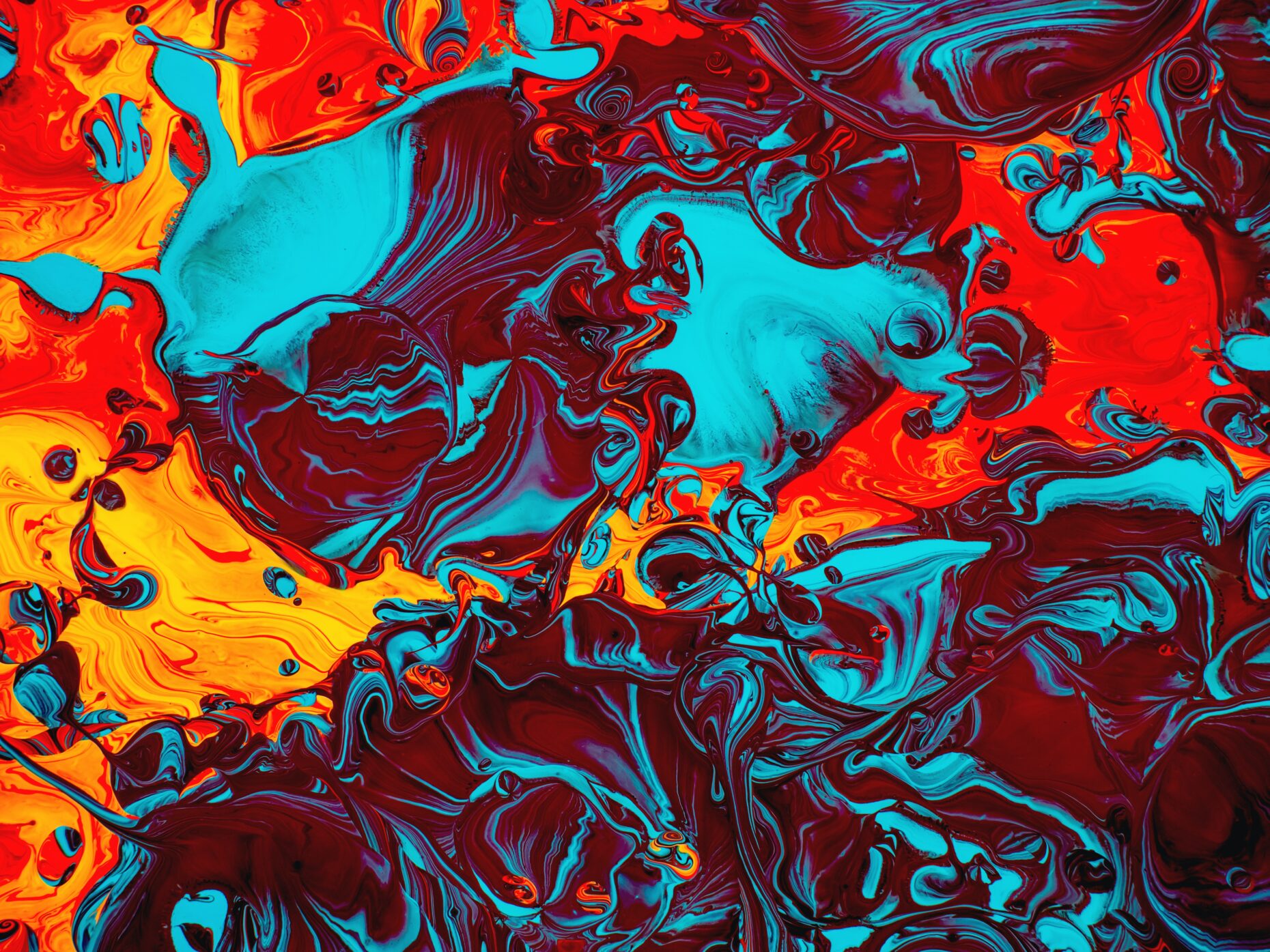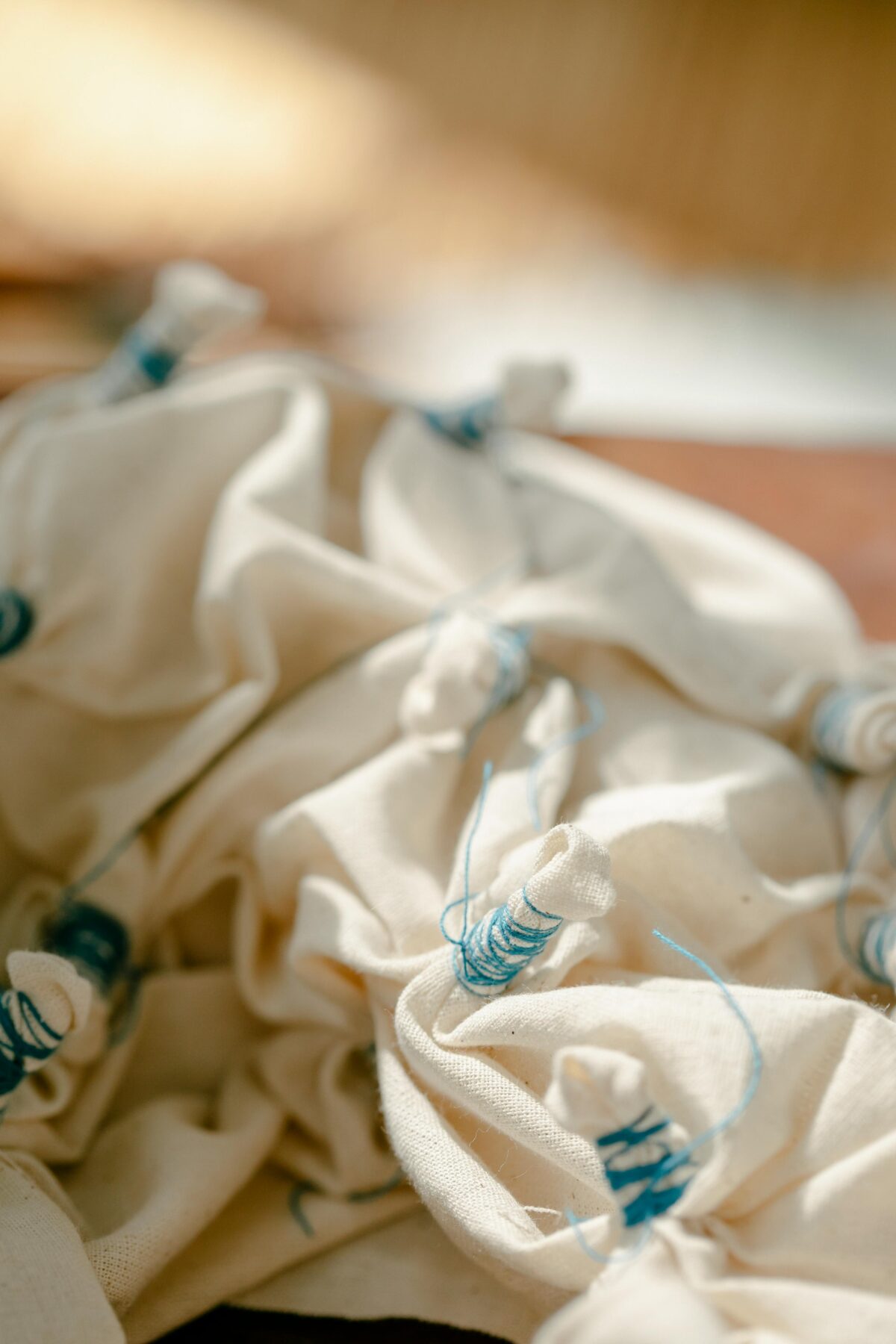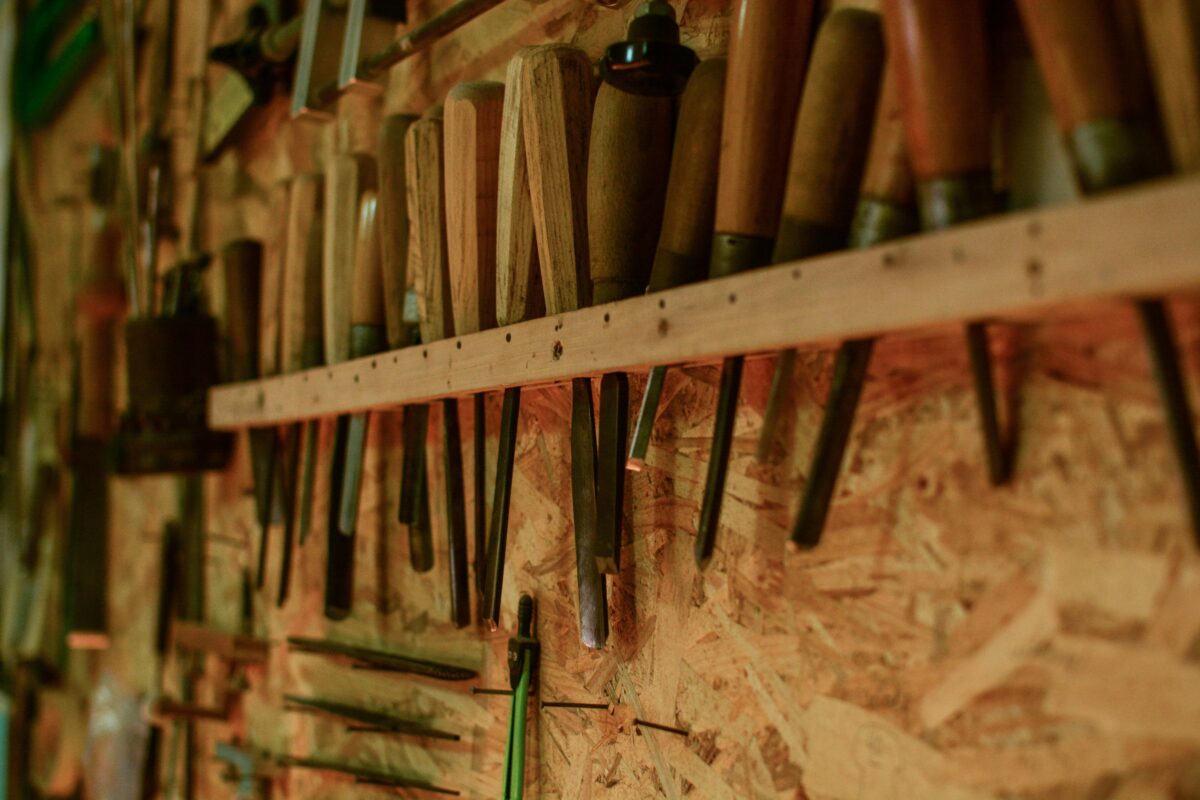In my spring semester of junior year, I organized a mural that took place in Malcolm X-House, a residence hall on campus dedicated to protecting and uplifting members of the African diaspora at Wesleyan. As exciting as the mural was, I experienced setbacks from the start that I did not expect to experience when leading a project on a large scale.
Phase 1: Who Wants to Join?
One setback is finding people who are interested. I had to understand that sense of mobilization to create a small community supporting one’s artistic passion regardless of whether they were considered an artist. Gathering those who believe why this mural should exist needs a collective group to begin with. A major setback I witnessed is how people show interest and go the next week. My ability to bounce back was to trust the quality of the students who participated instead of the quantity. Going from 6 to 3 participants, I trust that we were able to share to continue this project gave me the strength to endure.
Phase 2: Finding Money
Another setback was receiving funding. This is the first time that my decisions on the project will determine its life span and my setbacks were reaching out and sharing a passionate story with those who can help with funding. The fear stems from whether or not people would agree to funding a project that is student-led. After submitting applications to student group funding and the African American Studies apartment, I reach success after hearing back from the campus resource center. Whenever I face rejection I respond quickly and find solutions to those problems before deadlines could overlap with funding requests.
Phase 3: How Do I See Myself?
My last setback was how I viewed myself in terms of the project. As I had to juggle between being responsible for funding and recruitment, I questioned how to find a middle ground between this role of being seen as the authority to lead this project and also as the bridge to make people’s ideas come to life visually. Throughout the process of the project, I experienced a lot of pressure. Yet I still could not imagine myself giving up knowing the people who came this far would have to face that same disappointment. In the end, my motivation was the impact this project could have on those who do not experience art-making in their day-to-day routine to do so.



